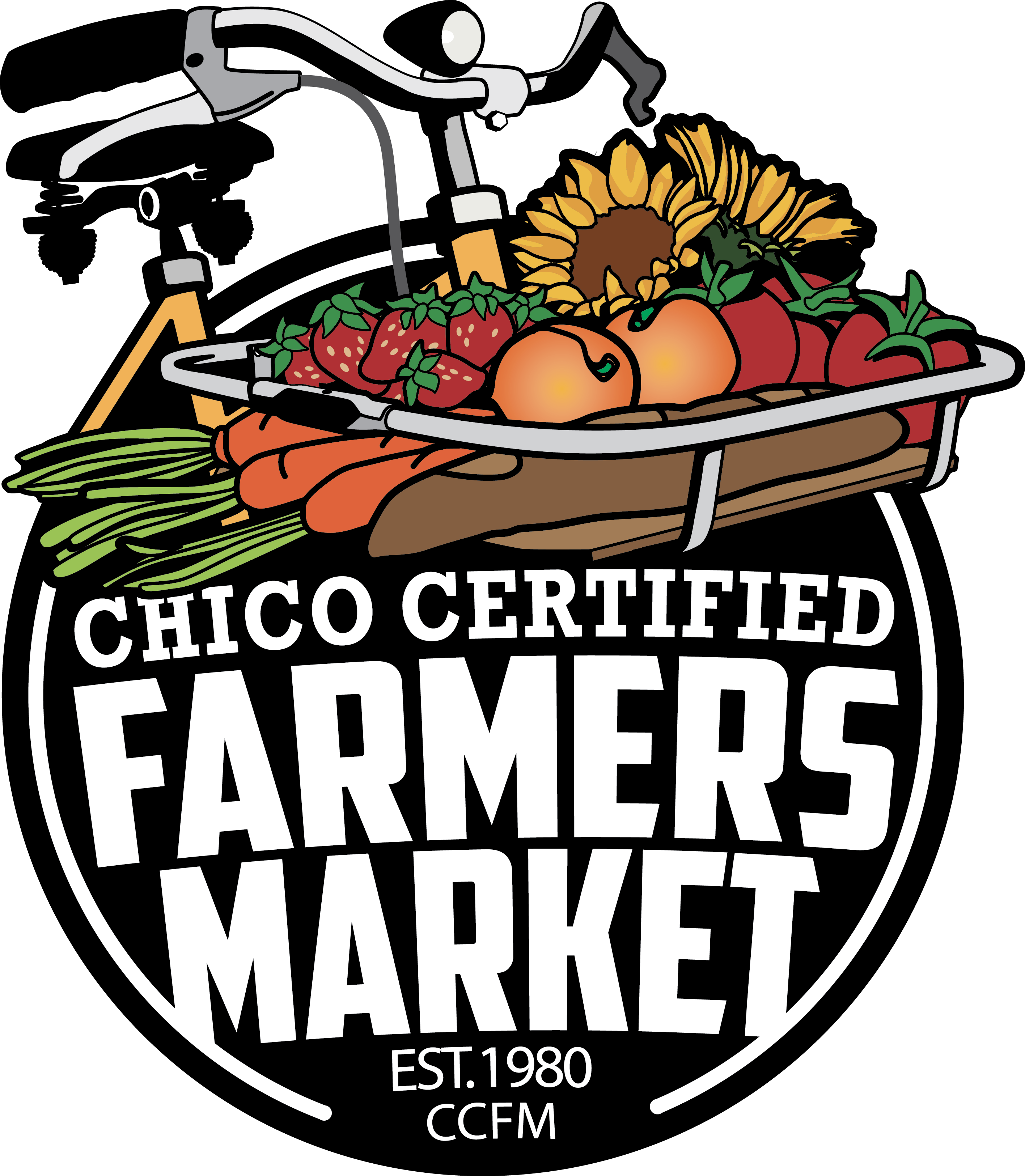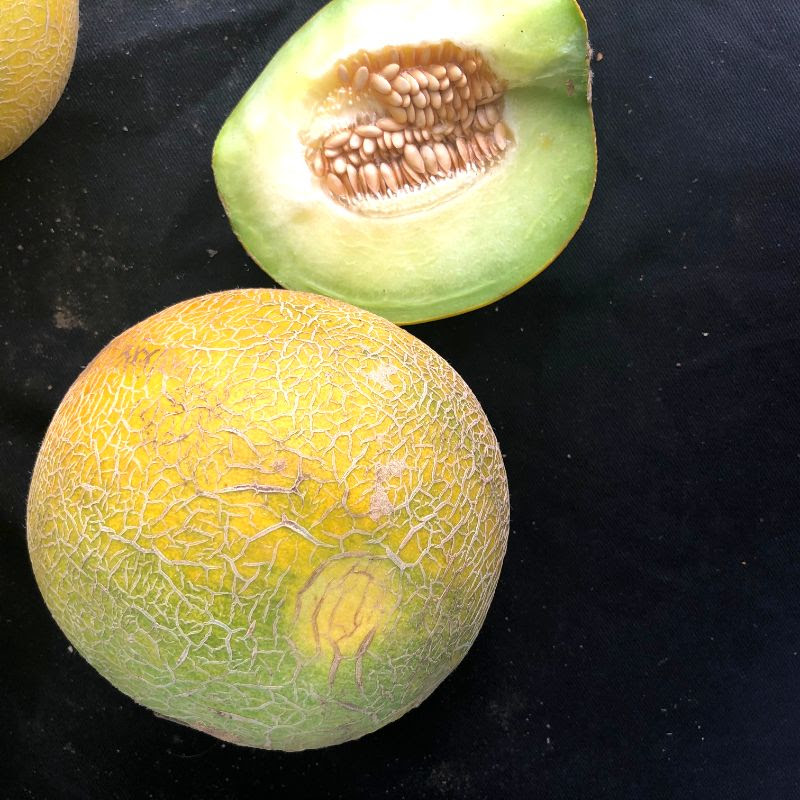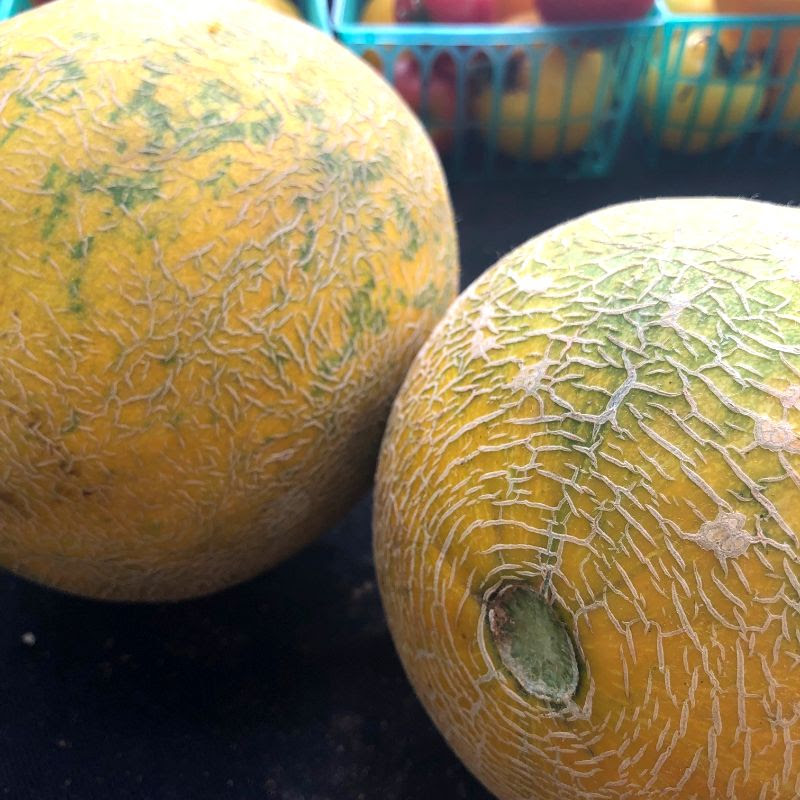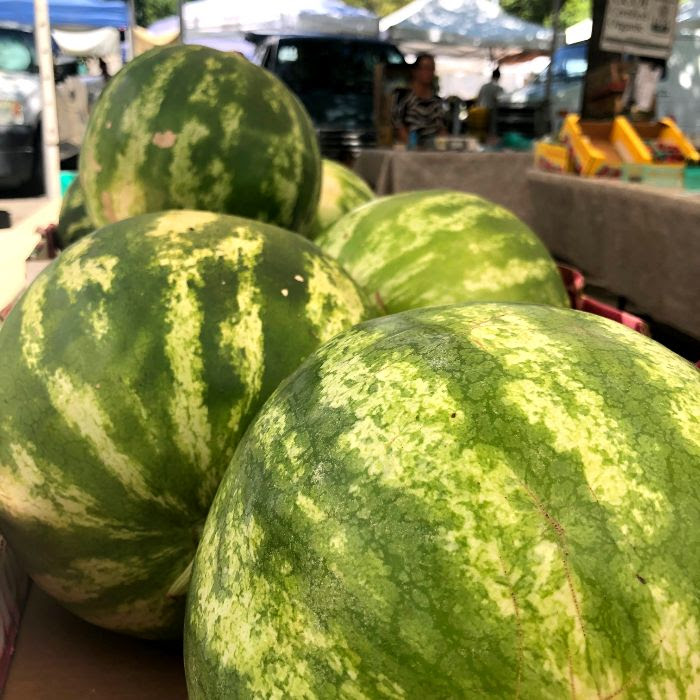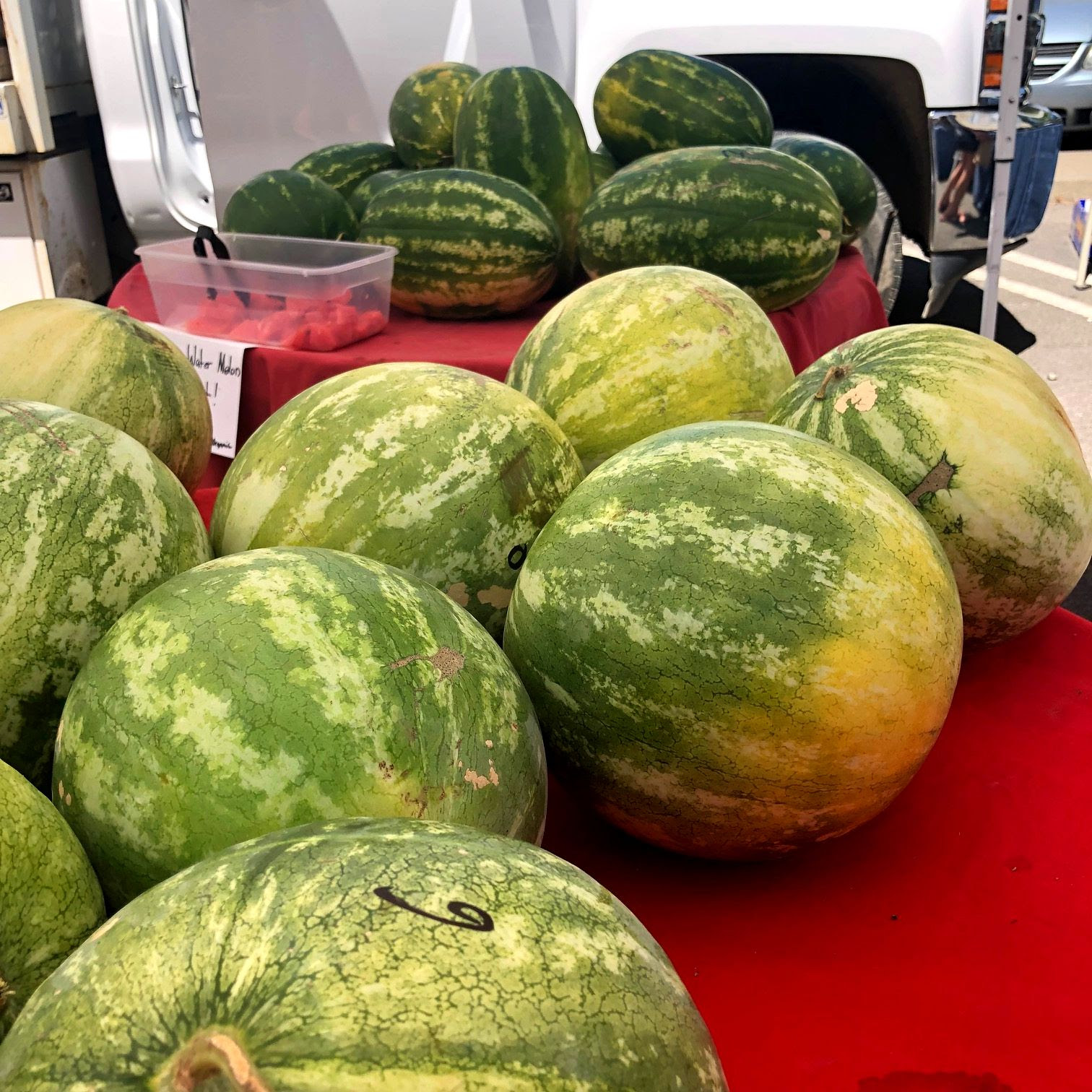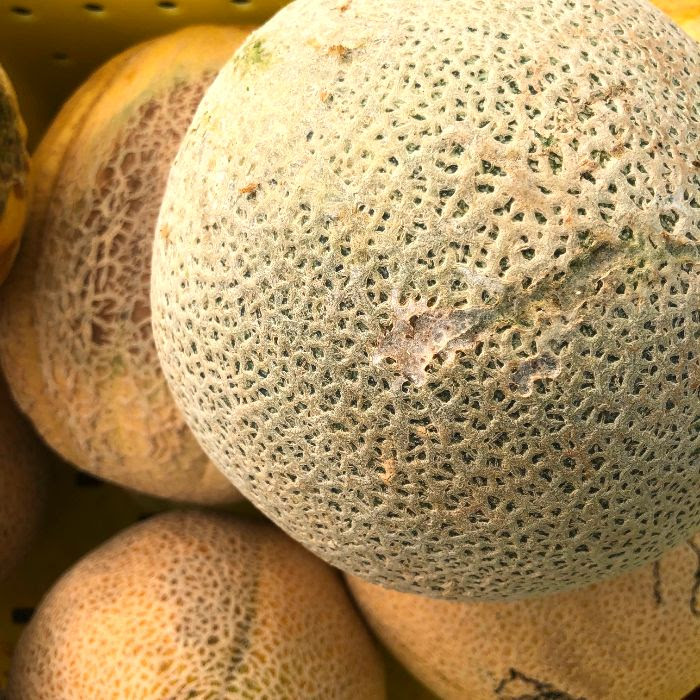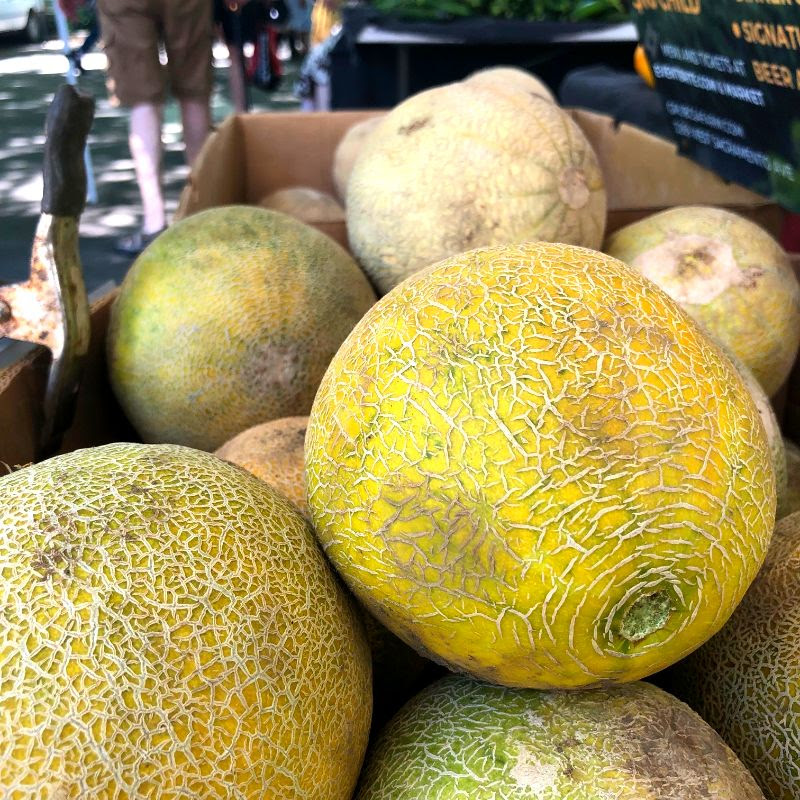Yass! The heart of summer is upon us, and nothing satisfies on a particularly hot day quite like a cool, sweet, and juicy slice of melon.
Melons are part of the same family as cucumbers and squash, which are all members of the gourd family. They need lots of heat and sunshine to grow, and are at their best in summer when they are sweetest and most nutrient rich. Indeed they are tasty, but they’re also great for you! Melons are low in sodium, saturated fat, and cholesterol. They’re a good source of dietary fiber, vitamin K, potassium, and a very good source of vitamin C.
Read on for a great guide for how to get the most out of your melon or which melon you might need! There are a menagerie of melons awaiting for you to discover this Saturday at the Chico Certified Farmers’ Market, so come down this Saturday, support your local farmers, and pick whichever melon you want!
- melon7
- melon6
- melon2
- melon5
Millions of Melons!
Okay, maybe not millions, but there are quite a few varieties, each with it’s own unique flavor and appeal. Here are just a few:
Watermelon – The epitome of summertime! Dark and light green stripped with sweet and refreshing red or pink flesh.
Yellow Watermelon – Looks like a traditional watermelon but sweet, yellow flesh inside.
Cantaloupe – Floral, sweet, and juicy with orange flesh and reticulated rind.
Arava -Textured thin netted pale cornflower gold rind and pale glacial green flesh. They have a high sugar content and intense aromatics perfumed with tropical fruit and floral aromatics. They are tender firm and extremely juicy.
Honeydew – Pale green flesh that is sweet and juicy with smooth green to yellow rind.
Ambrosia – A melon hybrid often confused with the cantaloupe, with pale orange flesh that is very sweet, tender, and flavorful.
Santa Claus – Also called a Christmas Melon, it is large with mottled green and yellow stripped skin (kind of a camouflage pattern) with light green flesh. Not as sweet as many other melons.
Casaba – Pale to bright yellow with deep ridges with sweet, white flesh.
Crenshaw – Yellow with pink and green tinges on the skin, feel waxy to the touch until very ripe, usually with a bit of a point at the stem end.
Canary – yellow and football shaped with light green or white flesh, sometimes tinged with pink.
- melon8
- melon4
- melon3
Everything You Need to Know About Your Melon!
How to Choose
While melons often have smooth skin, they can also be reticulated, meaning they are covered with grey, raised netting on the rind. For netted melons, like cantaloupe, choose ones that smell sweet and give slightly to pressure. Smooth-skinned melons such as honeydew do not give off their aroma until they’ve been cut open. Look for ones that are heavy for their size and give to pressure at the stem end.
How to Store
Ripe melons can be kept at room temperature for several days. Store cut melon in the refrigerator, wrapped tightly in plastic wrap or in a sealed container.
How to Prepare
Slice the melon in half and scoop out the seeds with a large spoon. Peel off the tough outer skin and cut as needed. Eat it right up as is, or make some delicious!
